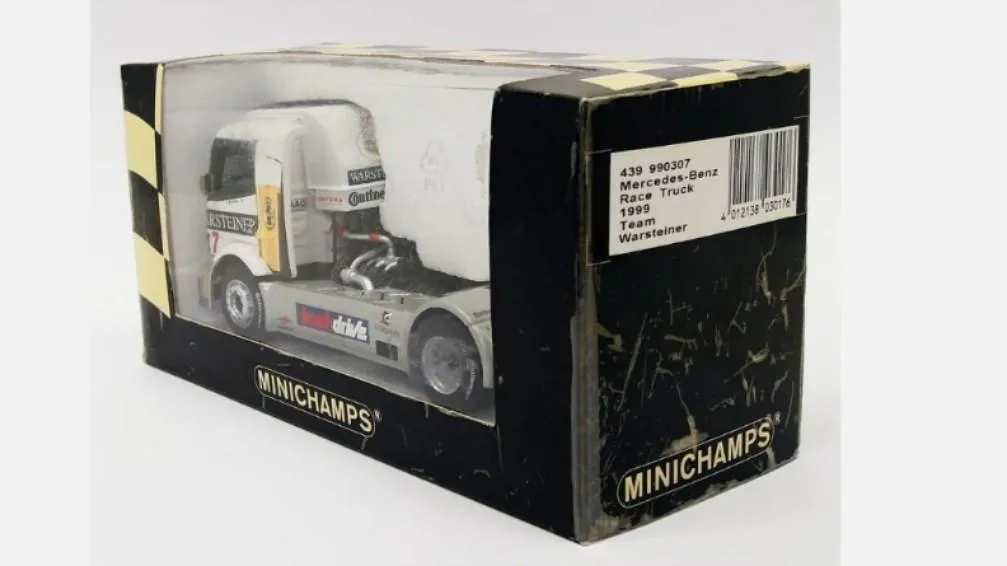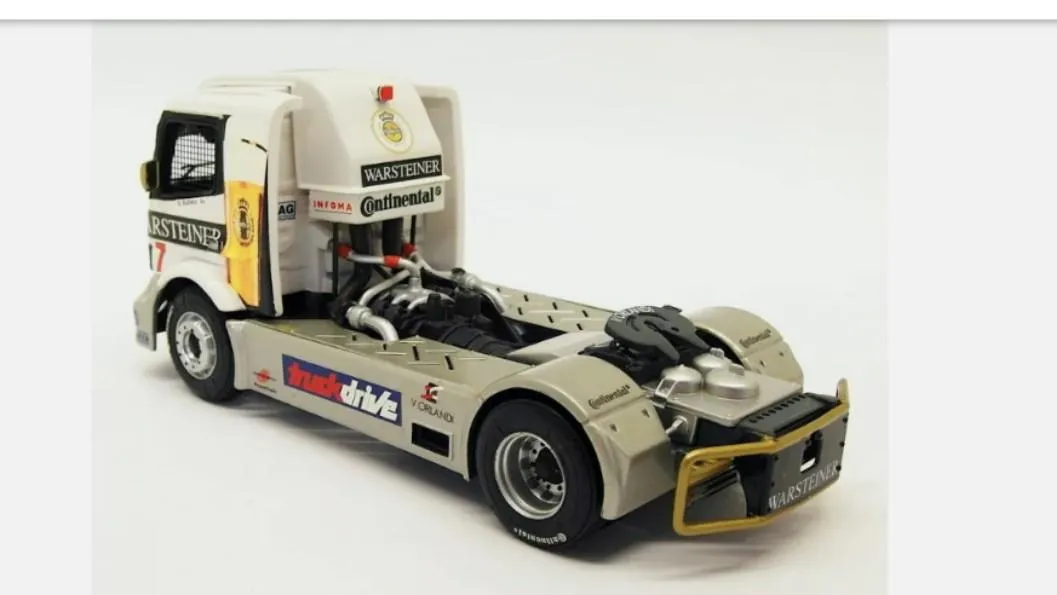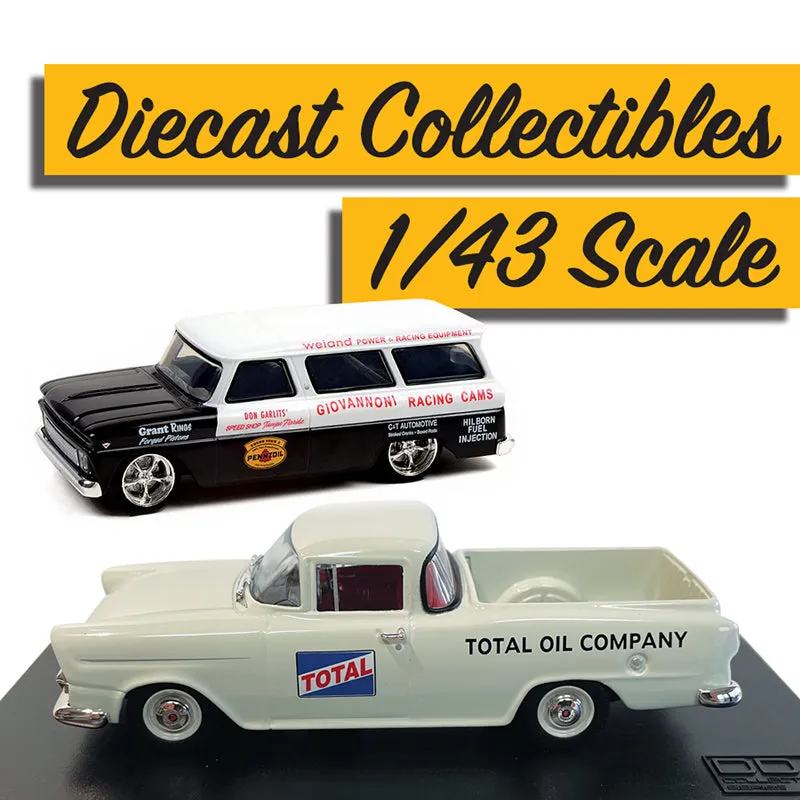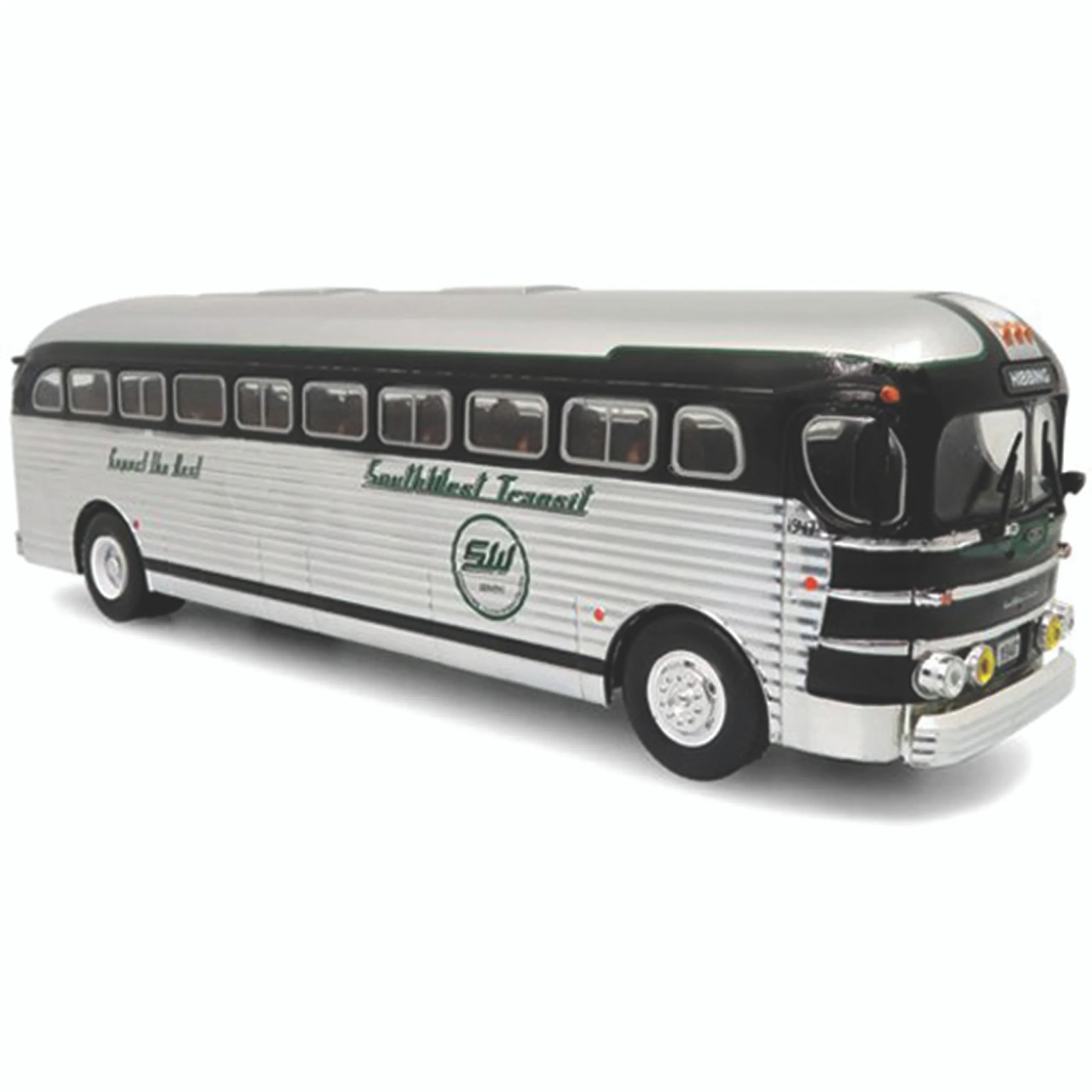What is 1 43 Scale and Why Does It Matter?
The world of diecast cars offers a fascinating blend of artistry, engineering, and nostalgia. Among the various scales available, 1 43 scale stands out as one of the most popular and widely collected. But what exactly does ‘1 43 scale’ mean, and why is it so significant in the realm of model car collecting? The term ‘1 43 scale’ refers to the ratio between the model car’s size and the actual vehicle’s size. This means that a 1 43 scale model is 1 43 the size of the real-life car. This scale is particularly favored for its balance of detail and manageability. It allows for a good level of detail without requiring excessive space for display, making it ideal for both novice and experienced collectors. The choice of scale influences not only the size but also the level of detail, the materials used, and the overall collecting experience.
Understanding the Dimensions of 1 43 Scale
Understanding the dimensions of a 1 43 scale diecast car is crucial for collectors to appreciate the accuracy and detail of the models. Although the exact dimensions will vary depending on the specific vehicle being replicated – a compact car will naturally be smaller than a large SUV – the scale provides a consistent proportional relationship. To put it in perspective, if a real car is 4.3 meters (approximately 14 feet) long, its 1 43 scale model will be about 10 centimeters (approximately 4 inches) long. This proportional scaling ensures that all the features, from the wheels and tires to the door handles and mirrors, are accurately represented, albeit in miniature. This consistent scaling also makes it easier to compare different models, assess their relative sizes, and plan for display arrangements. This makes it possible to estimate the space needed for a collection and to assess the authenticity of the model.
How to Visualize 1 43 Scale Diecast Cars

Visualizing the size of a 1 43 scale diecast car can be simplified by comparing it to familiar objects. A typical 1 43 scale car often fits comfortably in the palm of your hand or can be placed on a standard index card. This relatively small size is a significant advantage, allowing collectors to amass substantial collections without needing enormous display spaces. Furthermore, the compact size makes these models ideal for showcasing in various settings, such as on shelves, in display cases, or even on desks. Imagine a standard sedan; in 1 43 scale, it might be roughly the length of a smartphone. This direct comparison helps potential collectors and enthusiasts quickly grasp the scale’s practicality and understand how easily these models can be incorporated into their lives and collections. The ability to hold and examine these models closely enhances the appreciation of the craftsmanship and detail, making the collecting experience more personal and engaging.
Comparing 1 43 Scale to Other Popular Scales
The diecast car world features a variety of scales, each catering to different preferences and needs. Comparing 1 43 scale with other popular scales such as 1 18, 1 24, and 1 64 provides a valuable perspective on their relative merits. 1 18 scale models are considerably larger, offering more detailed features and a greater sense of presence, but they also require significantly more space. 1 24 scale strikes a balance between detail and size, making it another popular choice, especially for those new to the hobby. 1 64 scale, often referred to as ‘Matchbox’ or ‘Hot Wheels’ size, offers extreme manageability and affordability, making it perfect for casual collectors and those with limited space. 1 43 scale stands out because it combines a high level of detail with a manageable size. The scale’s moderate size enables it to provide a good level of detail and allows collectors to build extensive collections without needing vast amounts of display space. This makes it a favorite among collectors who appreciate detailed replicas and the ability to showcase many models.
Key Features and Details in 1 43 Scale Models
The beauty of 1 43 scale diecast cars lies in their attention to detail, which allows for an impressive level of realism in a relatively small package. Manufacturers strive to replicate every aspect of the original vehicle faithfully, from the body lines and panel gaps to the intricate interior details. Key features often include realistic paint finishes, detailed headlights and taillights, and accurate representations of wheels and tires. Interiors are meticulously crafted, frequently featuring dashboard details, seats, steering wheels, and gear shifters. Many models also include opening doors, hoods, and trunks, allowing collectors to appreciate the engine and internal components. The level of detail extends to the undercarriage, where the chassis, exhaust systems, and suspension components are carefully replicated. These detailed features not only enhance the aesthetic appeal but also increase the value and collectibility of the models, making them a rewarding hobby for enthusiasts. The precision and realism are a testament to the craftsmanship and technology employed in the manufacturing process.
Materials Used in 1 43 Scale Diecast Car Construction

The construction of 1 43 scale diecast cars involves various materials, each contributing to the model’s appearance, durability, and overall feel. Diecast metal, typically a zinc alloy, forms the core of the model, providing weight and a solid structure. Plastic components are used for parts such as the interior, windows, and some exterior details like mirrors and lights. Rubber is commonly used for tires, offering a realistic look and feel, as well as providing grip. The paint used on these models is often of high quality, ensuring a durable and vibrant finish that accurately represents the original vehicle’s color and shine. The windows are usually made of clear plastic, offering a clear view of the detailed interiors. Some models incorporate photo-etched metal parts for finer details like grilles and badges. The combination of these materials allows manufacturers to create highly detailed and durable models that capture the essence of the real-life vehicles they represent. The careful selection and application of these materials are crucial for achieving a realistic and aesthetically pleasing result, making them highly valued by collectors.
Collecting and Displaying 1 43 Scale Diecast Cars
Collecting 1 43 scale diecast cars is a rewarding hobby, offering enthusiasts the opportunity to curate a collection of meticulously detailed miniature vehicles. The process often begins with a passion for a particular make, model, or era, leading collectors to seek out specific cars that resonate with them. Collecting can be a solitary pursuit, focusing on personal enjoyment, or a social activity, connecting with other collectors at shows, online forums, and clubs. Displaying these models is an integral part of the collecting experience, with collectors often taking great care in arranging their collections to showcase their prized possessions. Common display options include glass display cases, shelves, and custom-built dioramas. The layout can be organized by brand, model type, or even by a specific event or time period. Many collectors also customize their displays with accessories like miniature garages, street scenes, or diorama backgrounds to enhance the realism and storytelling aspects of their collections. Careful lighting and background choices are also essential to highlight the details of the models and protect them from dust and damage.
Storing and Maintaining Your 1 43 Scale Collection
Proper storage and maintenance are essential for preserving the condition and value of a 1 43 scale diecast car collection. The models should be stored in a cool, dry place away from direct sunlight, which can fade the paint and damage the plastic components. Display cases or sealed boxes are ideal for protecting the models from dust, which can accumulate over time and diminish their appearance. Regular dusting with a soft brush or cloth is recommended to keep the models clean, and avoid using harsh chemicals or solvents that could damage the paint or other materials. When handling the models, it’s important to hold them by the chassis or the base to avoid leaving fingerprints on the painted surfaces. Careful handling and storage practices ensure that the models retain their pristine condition, preserving their value and allowing collectors to enjoy them for years to come. Regularly inspecting the collection for any signs of damage or deterioration is also a good practice, allowing collectors to address any issues promptly and prevent further problems.
Conclusion

In conclusion, 1 43 scale diecast cars represent a compelling blend of detail, collectibility, and manageability. This scale allows enthusiasts to immerse themselves in the world of automotive history and design, enjoying meticulously crafted models that are both visually appealing and easily displayable. Understanding the dimensions, features, materials, and best practices for collecting and maintaining these models enhances the overall experience. Whether you are a seasoned collector or a newcomer to the hobby, the 1 43 scale offers a rewarding journey. Embrace the opportunity to build a unique collection, connect with fellow enthusiasts, and appreciate the artistry and craftsmanship that make these miniature vehicles so special.
